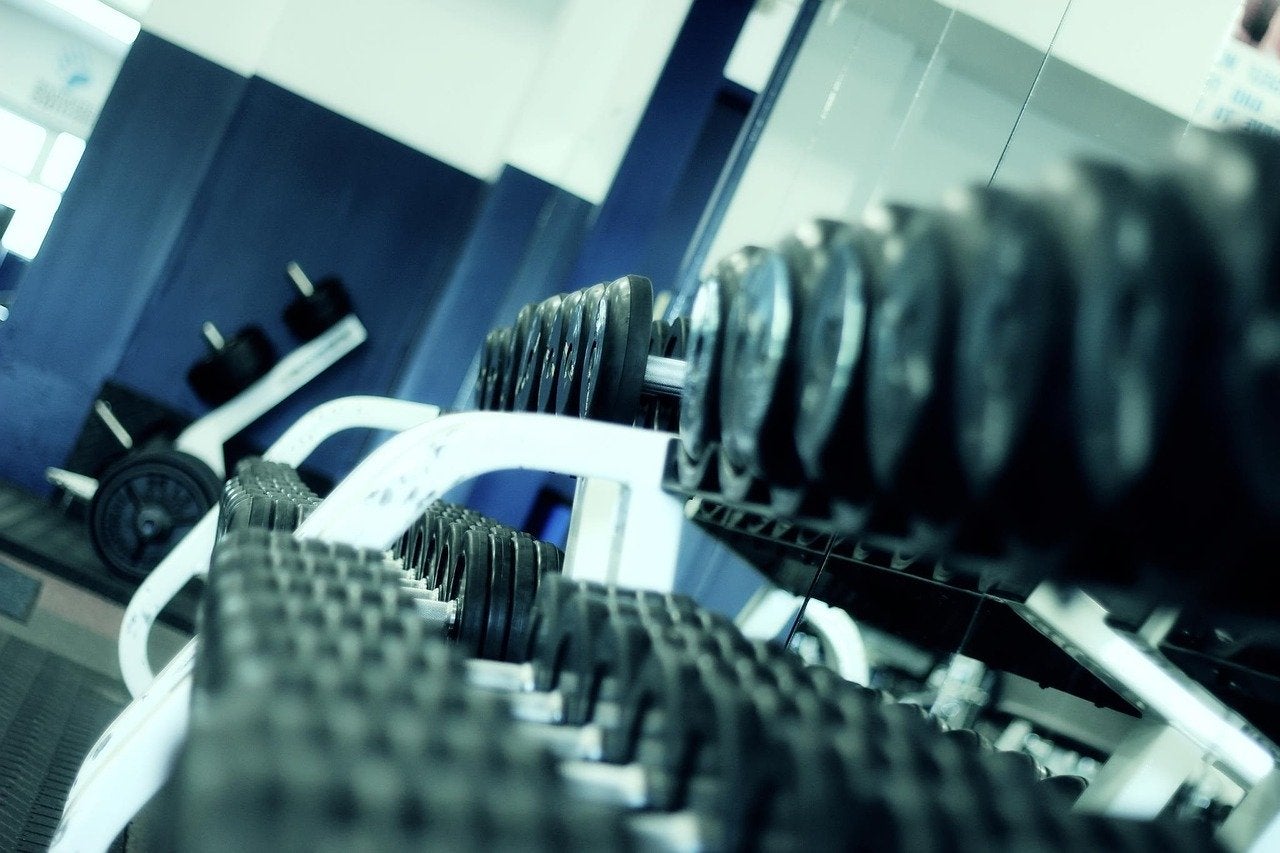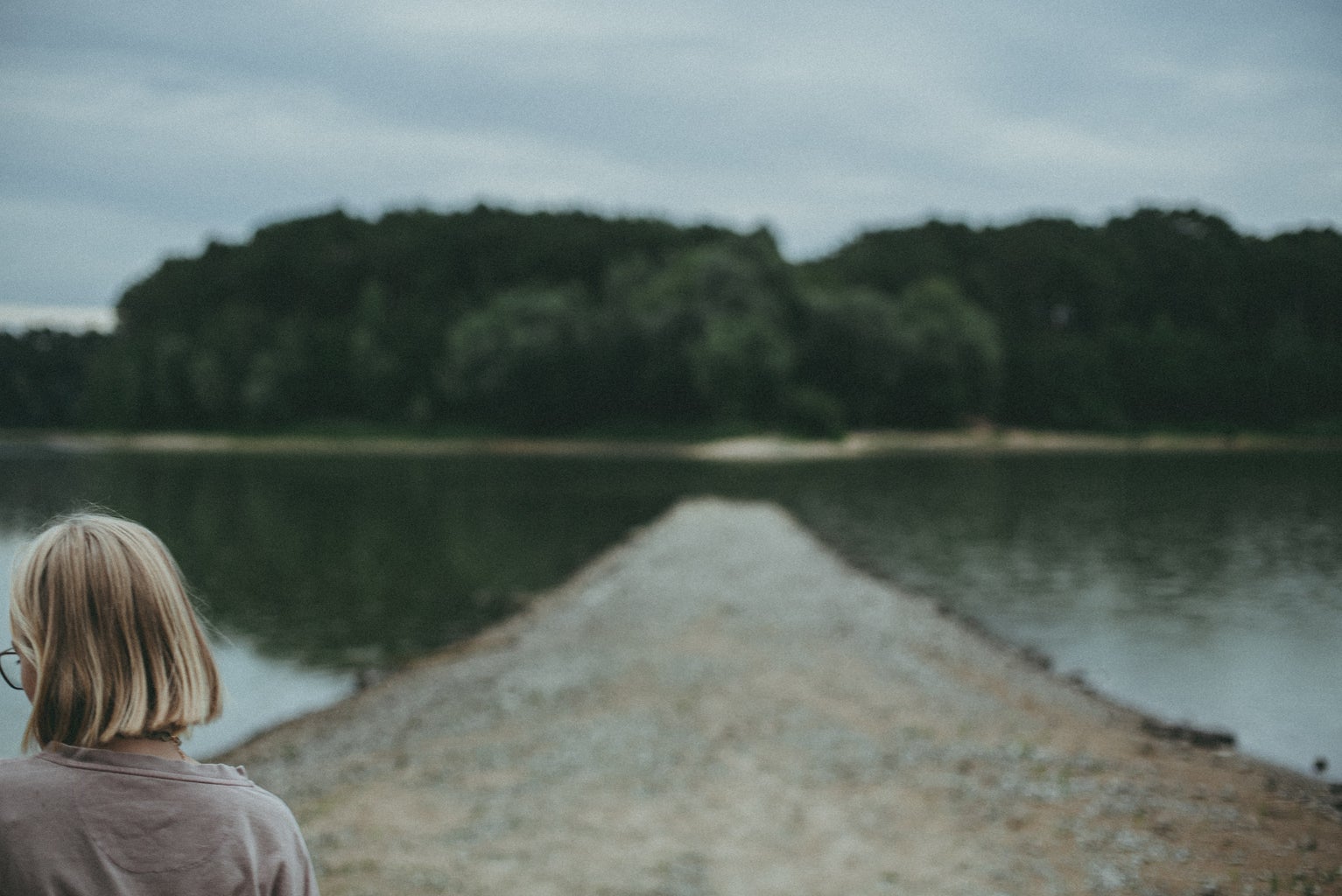Content warning: This post discusses body dysmorphic disorder.
I was 9 years old when I first remember comparing my body to the other girls at school. I had been wearing the same Abercrombie sweatpants as another girl in my class and noticed that hers seemed to fit looser than mine. Although I hadn’t been told that there was something wrong with the way that I looked, there was this nagging feeling that I didn’t look like the other girls. From that day on I studied the way the other girls looked like it was an exam, gradually picking out every flaw and difference on my body.
High School only exacerbated my struggles with body image. Suddenly girls began wearing tighter clothes and showing more skin. Naturally, I wanted to fit in. However, that meant wearing clothes that clung to my body, magnifying every insecurity. I analyzed my body everywhere I went. My appearance seemed to change with every new mirror I looked in, whether it was my face shape in the mirror before bed or my legs in a mall changing room. The constant assessment of my reflection became exhausting
I developed behaviours that I thought to be healthy. Keeping track of everything I had eaten that day or feeling the urge to work out after a meal were habits I grew all too familiar with. I told myself that the reason I was unhappy with my body was because it was an unhealthy body and to be happy I had to be proactive about it.
Fast forward to University, I’ve begun eating more and have become a bit less obsessed with balancing my meals with exercise. Until this past spring, I was under the impression that I had gotten a hold of what I now understand as body dysmorphia. A bad shopping experience was all that it took to prompt a spiral of intrusive thoughts and questions. Had I gained weight? Do my legs look like this or is it the lighting? Maybe this is just a bad mirror.
For the next couple of weeks, I found myself falling back into my unhealthy habits. What hit me the hardest was not my disappointment in my appearance but rather the fact that I wasn’t strong enough to fight this mentality. It felt like I relapsed. I had worked so hard to leave these feelings of insecurity behind. The peace I had found within my body had all come crumbling down.
To reach a place of acceptance, I leaned into the understanding that healing isn’t linear. I allowed myself the grace to experience bad days without feeling defeated by them. Sometimes, it’s about weathering the rough patches and allowing time to bring perspective and peace. Gradually, I’ve learned that acceptance doesn’t mean loving every part of myself unconditionally but instead respecting and being kind to myself on this journey. It’s an ongoing process, and while body dysmorphia may continue to be a part of my life, I now know I am resilient enough to manage it.
When I first thought of writing this article, I was hesitant to reveal something so deeply personal about myself, as the way I view my body is something that I have struggled with my whole life. I now realize that acknowledging, discussing and accepting this aspect of myself has allowed me to set aside the shame I’ve been carrying.
The first step in overcoming issues like these is understanding that it’s something you’re struggling with. The biggest mistake I made was gaslighting myself into believing my issues weren’t “that serious”. It took me a long time to accept that this was a prevalent problem that required attention.
While the path to self-acceptance is often winding and fraught with setbacks, I now understand that each day is an opportunity for growth no matter how small. If you find yourself on a similar path, know that you are not alone and that your feelings are valid. True acceptance starts with reflecting on our challenges, seeking support, and, most importantly, cultivating gratitude for the bodies we have.
If you or someone you know has an eating disorder and needs help, call the National Eating Disorder Information Centre helpline at 1-866-NEDIC-20, or chat online here.





